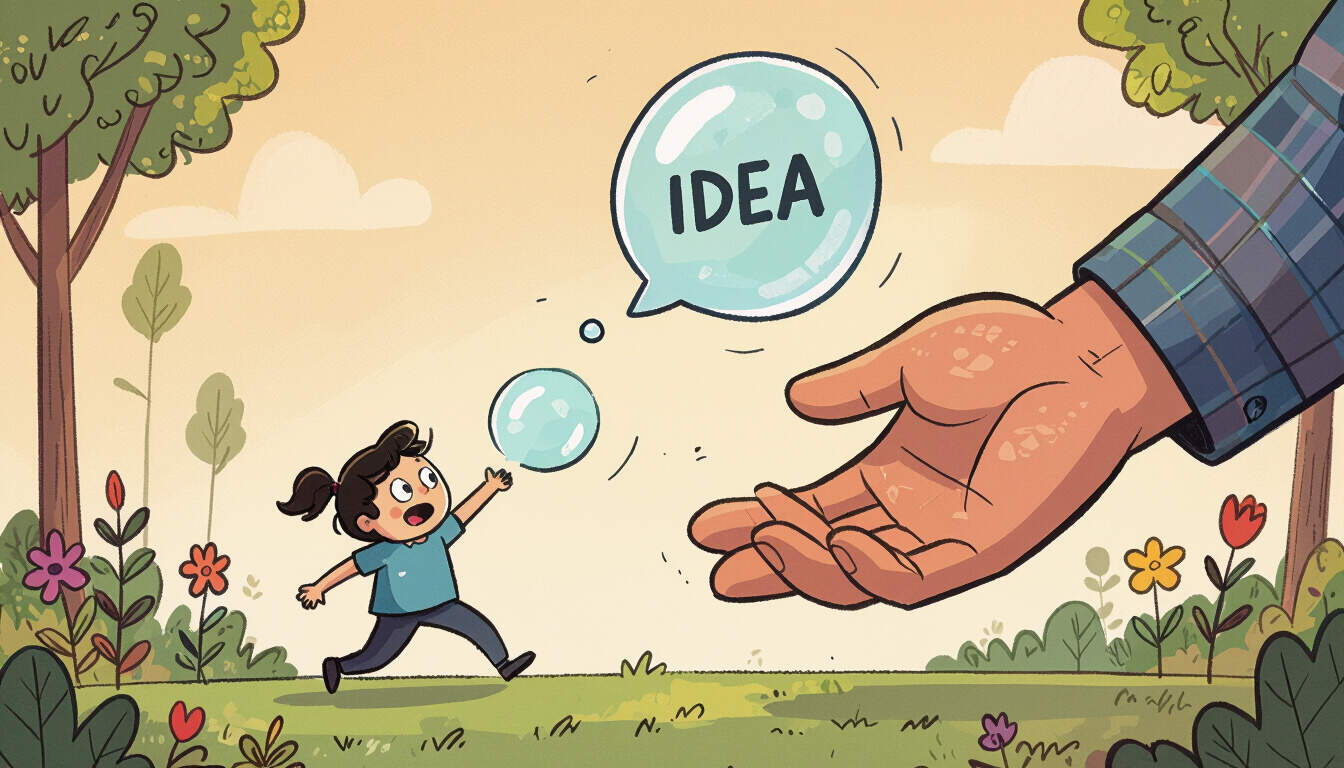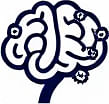Exploring the Zone of Proximal Development
 by Lilian Nienow
by Lilian Nienow
The Zone of Proximal Development offers a key framework for enhancing learning and growth. This concept highlights the gap between independent abilities and potential with support, making it essential for education and personal advancement. Discover its applications in various fields.

The Zone of Proximal Development is a foundational idea in psychology that focuses on how people learn and grow. It represents the space between what an individual can achieve alone and what they can accomplish with assistance from others. This concept provides a practical lens for fostering improvement in various settings.
To begin, consider the origins of this idea. It was first introduced by psychologist Lev Vygotsky in the early 20th century. Vygotsky's work emphasized the role of social interactions in cognitive growth. His theories suggest that learning occurs through collaboration and guidance, helping individuals build new skills.
At its core, the Zone of Proximal Development involves three key elements: the tasks a person can handle independently, those they can manage with help, and the strategies used to bridge that gap. For instance, a child might solve simple puzzles on their own but require a teacher's input for more complex ones. This framework encourages the use of scaffolding, where support is gradually reduced as competence increases.
In educational contexts, applying this model can lead to more effective teaching methods. Teachers might use guided practice to help students tackle challenging material. For example, in a classroom, a group activity could allow peers to assist each other, promoting deeper cognitive development. Such approaches not only build knowledge but also encourage problem-solving skills.
Beyond education, the Zone of Proximal Development has relevance in business strategies. Professionals can use it to enhance team performance. A mentor might guide a new employee through a project, offering advice on unfamiliar tasks. Over time, the employee gains confidence and works more independently. This method supports career advancement and fosters a collaborative work environment.
Practical Applications in Daily Life
One way to implement this concept is through everyday interactions. Parents can apply it when helping children with homework. By providing hints rather than full solutions, they encourage independent thinking while staying within the child's reachable capabilities. Similarly, in professional training programs, coaches might break down skills into manageable steps, ensuring learners progress without overwhelming them.
This approach also ties into broader aspects of psychology. It highlights how social factors influence personal growth, showing that development is not solely an individual process. Research in cognitive science supports this, indicating that guided experiences lead to better long-term retention and application of knowledge.
For lifelong learners, the Zone of Proximal Development offers a roadmap for continuous improvement. Whether picking up a new hobby or advancing in a career, identifying areas just beyond current abilities can motivate growth. For example, an adult learning a new language might start with basic conversations and gradually move to more advanced discussions with a tutor's help.
Benefits and Challenges
Using this model brings several advantages. It promotes personalized learning, allowing individuals to advance at their own pace. This can result in higher engagement and satisfaction. However, challenges exist, such as determining the right level of support. Too much assistance might hinder independence, while too little could lead to frustration.
In summary, the Zone of Proximal Development remains a valuable tool for anyone interested in psychology or personal betterment. By focusing on guided support and gradual progression, it enables effective learning across different areas of life.
- Key takeaway: Always assess current abilities before introducing new challenges.
- Another point: Encourage collaboration to maximize potential.
- Finally: Track progress to adjust support levels accordingly.
